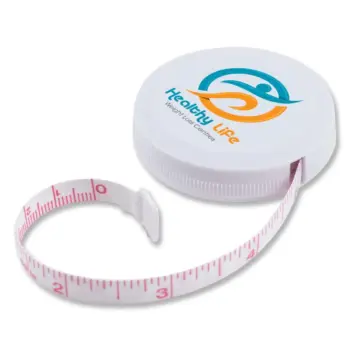Unbelievable, but did you know that Leonardo da Vinci was the first person to come up with the idea of a pedometer as a device that can track the number of steps walked by a person? Leonardo da Vinci thought of it for military use (how this would work, I do not know…. perhaps he meant that you could throw it at someone?)
- Pedometers have a long history, dating back to Leonardo da Vinci’s initial concept and evolving through Swiss and Japanese innovations.
- Modern pedometers come in various forms and are low-cost, making them ideal for promoting health and fitness.
- Using pedometers offers numerous benefits, including increased awareness, goal setting, motivation, etc.
The first person to the dream of a device that can track a person’s footsteps though was 1780 a Swiss gentleman by the name of Abraham-Louis Perrelet. Unsurprisingly this pedometer device shared many same components and similarities as a watch (we all know Swiss watches, are renowned for their accuracy). Later the famous inventor Thomas Jefferson took this design, and the popularity of pedometers really took off.
Later in 1965 in Japan, a modified pocket version of the pedometer was promoted by Y.Hatano. Supposedly as history goes, Y. Hatano researched and came to the conclusion that a person should walk 10,000 steps a day to maintain a healthy lifestyle. This 10,000 step a day concept has since stuck with many people around the world, as being the optimum amount of exercise to do in one day.
Pedometers Today
Today pedometers are extremely low in cost. They generally come in two different variants including Fully Electronic as well as partial mechanical and electronic versions. The low cost of production for pedometers has meant that they are ideal as a promotional product that promotes health and fitness. Promotional pedometers has become suitable as a versatile promotional product to market any business. Modern pedometers are now worn around the waist, the wrist, and even as necklaces too. Pedometers are useful tools for tracking physical activity, promoting a healthy lifestyle, and encouraging people to be more active. Here are some reasons why using pedometers can be beneficial:
- Increased awareness: Pedometers help individuals become more aware of their daily activity levels, providing a clear and quantifiable measure of steps taken. This increased awareness can motivate people to make healthier choices and incorporate more physical activity into their daily routines.
- Goal setting: Pedometers enable users to set daily step goals, which can promote a sense of achievement and encourage consistent exercise habits. By working towards specific targets, individuals are more likely to stay committed to their fitness goals.
- Motivation: Tracking progress with a pedometer can be a powerful motivator, as it allows users to see the results of their efforts and celebrate milestones. This positive reinforcement can inspire people to maintain or even increase their activity levels.
- Friendly competition: Pedometers can be used to facilitate friendly competition among friends, family members, or coworkers. By comparing step counts or participating in group challenges, individuals can motivate and support each other in reaching their fitness goals.
- Health benefits: Regular physical activity, such as walking, has numerous health benefits, including weight management, improved cardiovascular health, reduced stress, and enhanced overall well-being. Pedometers can serve as a reminder and motivator to engage in these health-promoting activities.
- Simplicity: Pedometers are easy to use and do not require any special skills or equipment. They can be worn throughout the day, making them a convenient and accessible tool for monitoring physical activity.
Pedometers Usage
In summary, using pedometers can increase awareness of daily activity levels, promote goal setting, boost motivation, facilitate friendly competition, and improve health. Pedometers, with their rich history and modern advancements, are an affordable and accessible tool for promoting health and fitness by tracking daily physical activity, setting goals, and encouraging friendly competition.
About the Author

Ariadna Dagaraga
Ariadna Dagaraga is a Product & Marketing Expert at Cubic Promote, with over 1 year of experience in managing branded merchandise orders. With a strong background in project management, he brings meticulous attention to detail and a thorough understanding of aligning promotional products with business branding and marketing strategies. Ariadna ensures every order meets the highest standards of quality and brand consistency, optimising the impact of promotional campaigns. He contributes to industry articles, offering actionable insights on how businesses can enhance their promotional product strategies. His hands-on experience and industry knowledge have established him as a trusted voice in the promotional products sector.





 Corporate Uniforms
Corporate Uniforms Eco Apparel
Eco Apparel Hoodies & Sweaters
Hoodies & Sweaters Jackets
Jackets Kids' Clothes
Kids' Clothes Other Apparel
Other Apparel Polo Shirts
Polo Shirts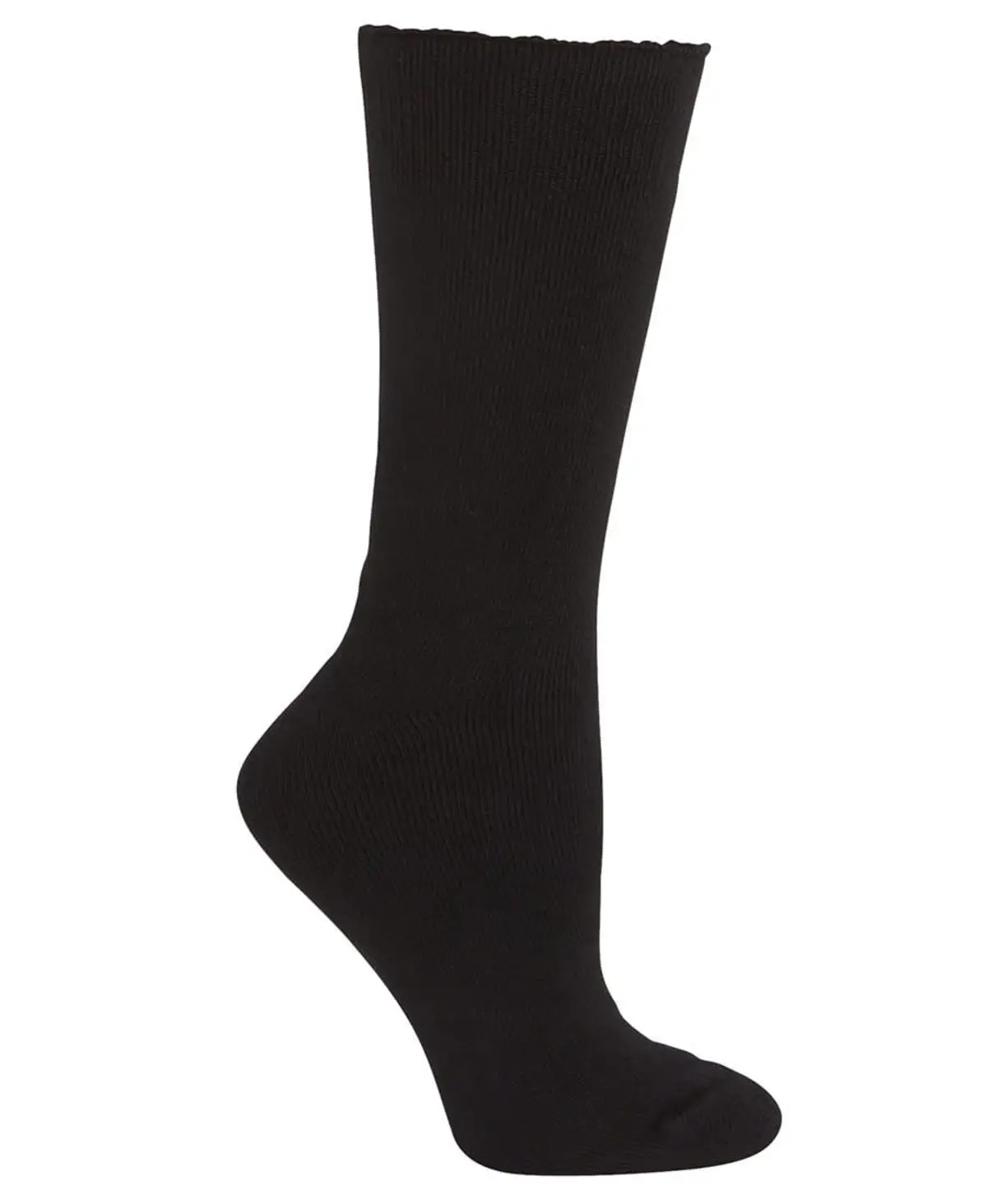 Socks
Socks Shoes
Shoes Sports Bottoms
Sports Bottoms Sports Uniforms
Sports Uniforms Tee Shirts
Tee Shirts Workwear
Workwear




 Briefcases
Briefcases Dry Bags
Dry Bags Laptop
Laptop Satchels
Satchels Specialised Bags
Specialised Bags Tote Bags
Tote Bags



 Beanies
Beanies Caps
Caps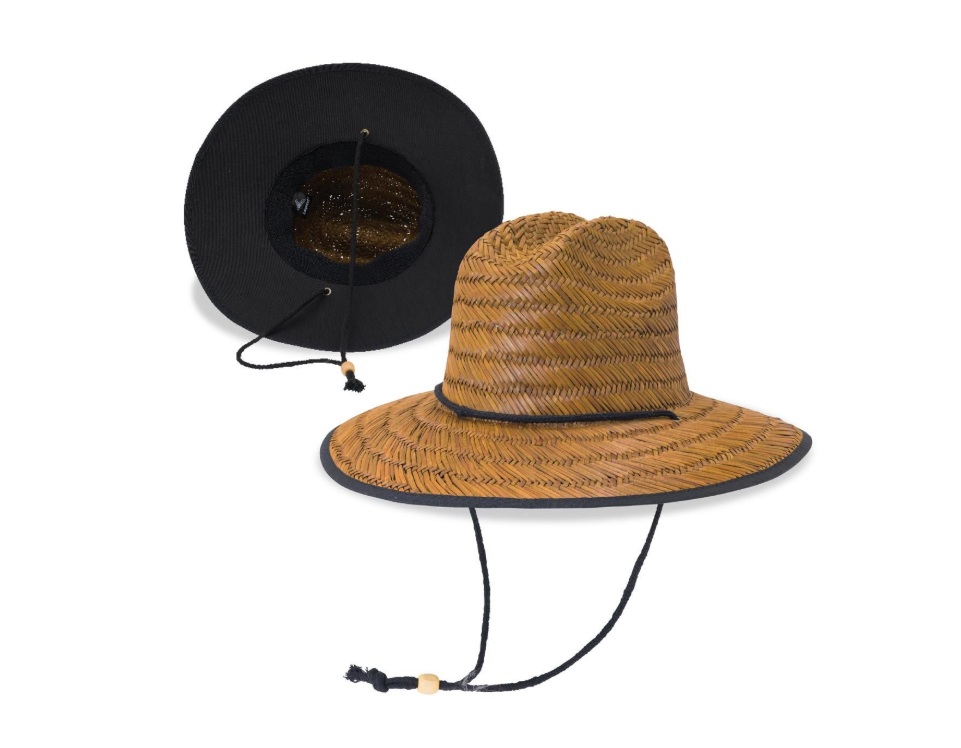 Straw Hats
Straw Hats


 Drinkware Gift Sets
Drinkware Gift Sets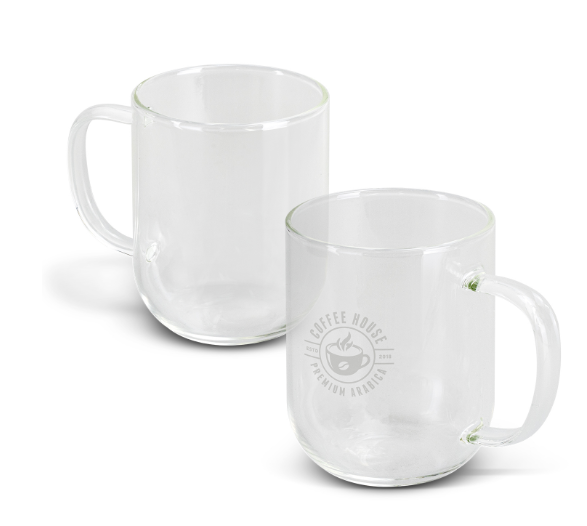 Glass & Poly Cups
Glass & Poly Cups Mason Jars
Mason Jars Stubby | Bar & Drinkware
Stubby | Bar & Drinkware Wines
Wines




 Business Card Holders
Business Card Holders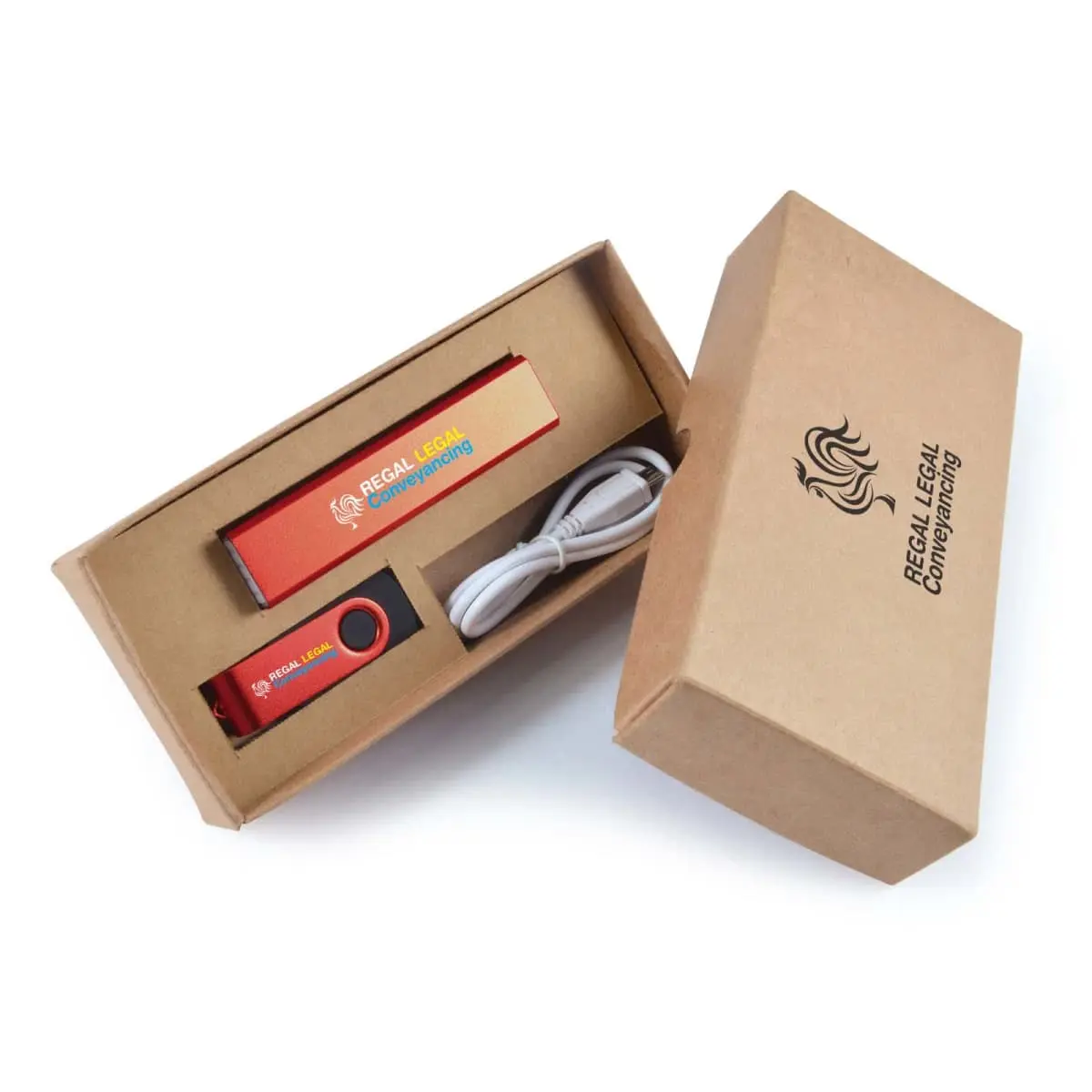 IT Gift Sets
IT Gift Sets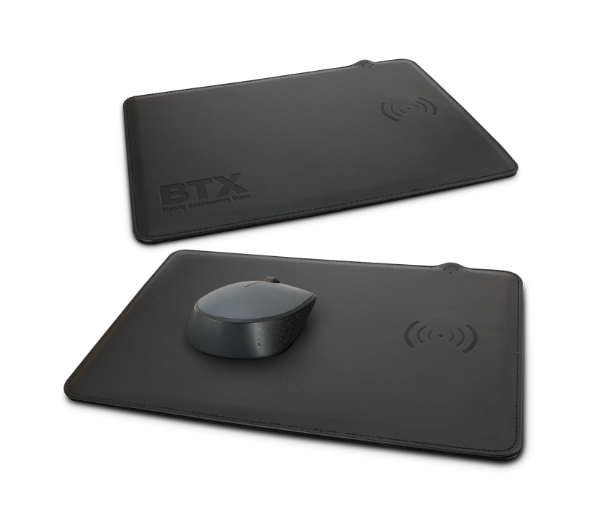 Tech Computers
Tech Computers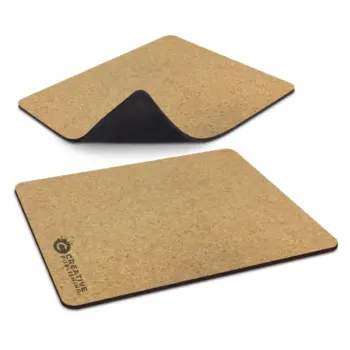


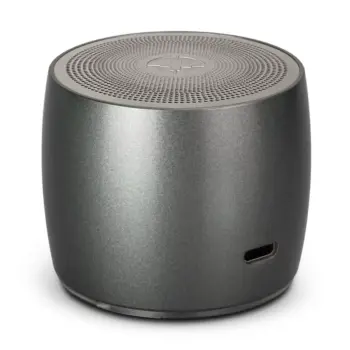

 Beach Towels
Beach Towels Blankets
Blankets Car Accessories
Car Accessories Golfing & Accessories
Golfing & Accessories Lighters
Lighters Picnic Gear
Picnic Gear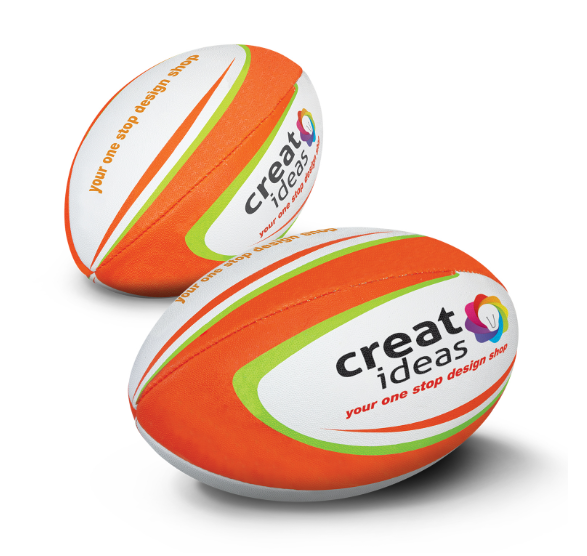 Sports Items
Sports Items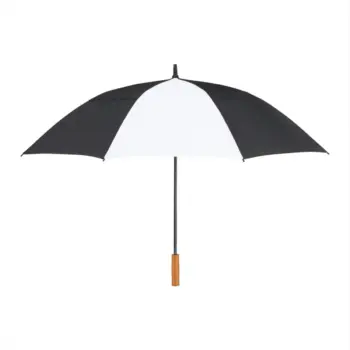



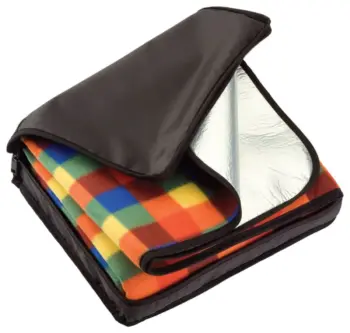
 Markers
Markers Post-It & Sticky Notes
Post-It & Sticky Notes




 Card Decks
Card Decks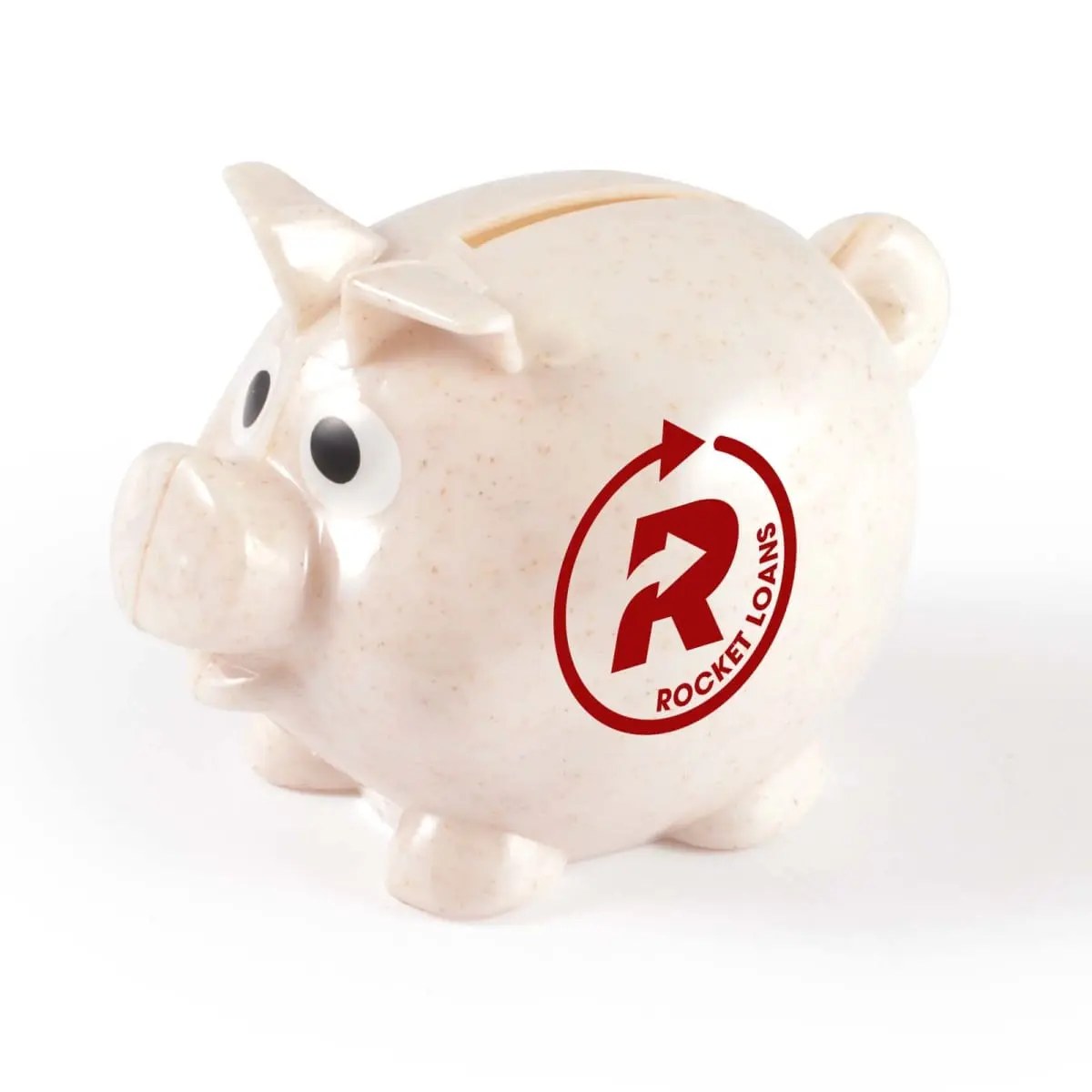 Coin Banks
Coin Banks Conference Toys
Conference Toys Event Toys
Event Toys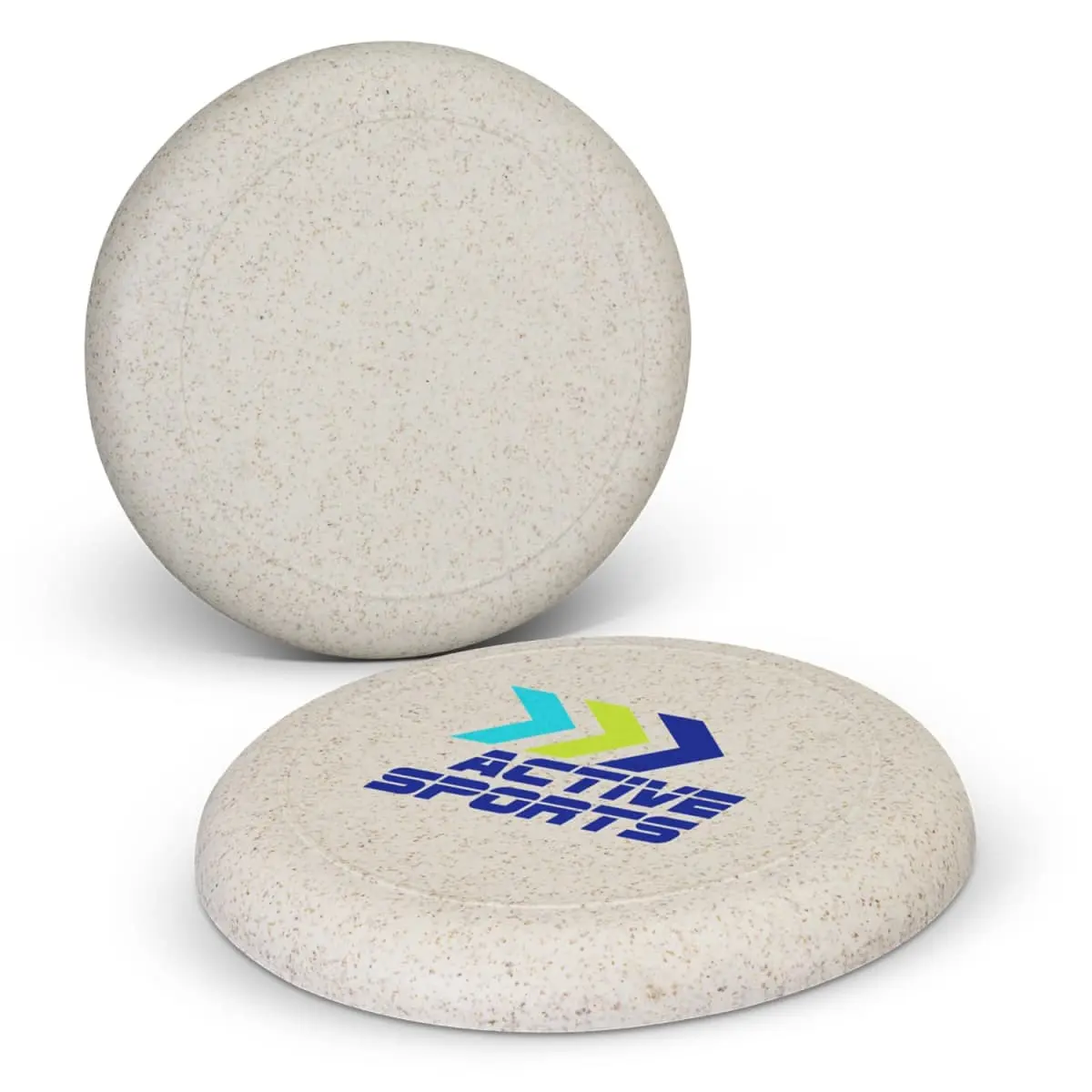 Frisbees
Frisbees Games & Puzzles
Games & Puzzles Kids
Kids Plush Toys
Plush Toys


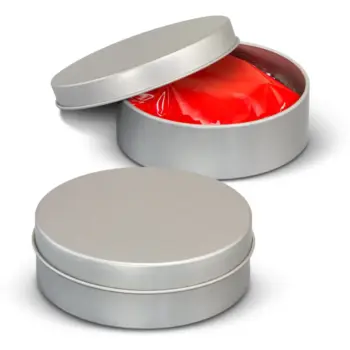
 Print | Signage
Print | Signage

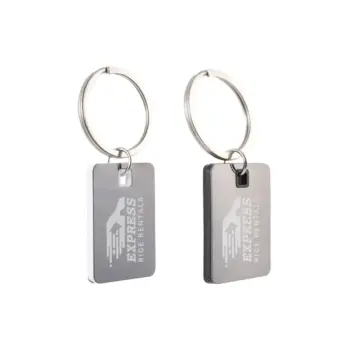


 Antibacterial
Antibacterial Eco Products
Eco Products Gift Box Sets
Gift Box Sets Homeware
Homeware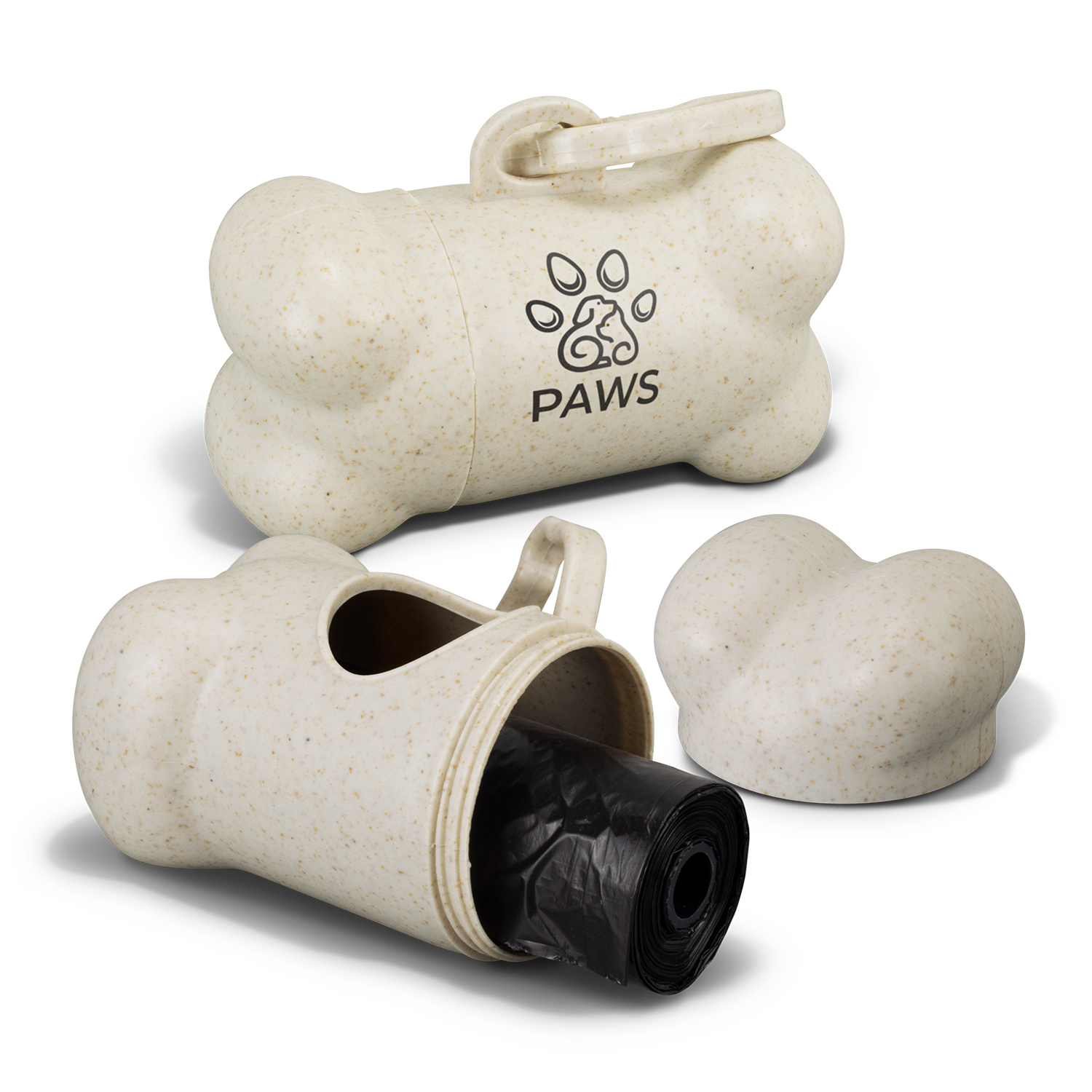 Pet Products
Pet Products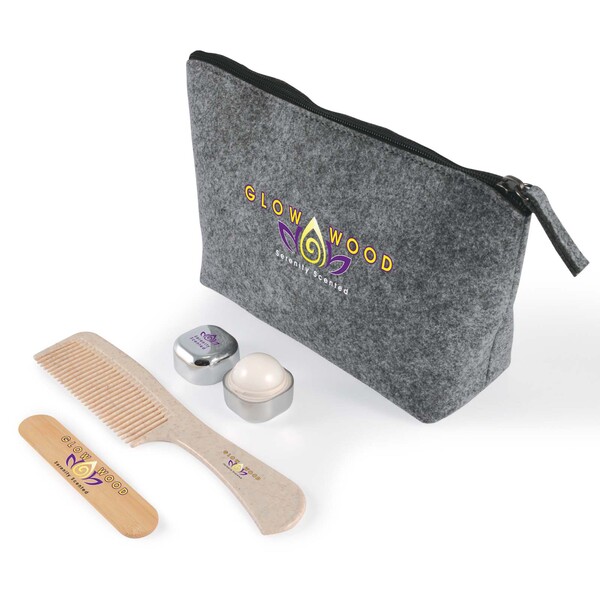 Personal Care
Personal Care Occasion Ideas
Occasion Ideas

